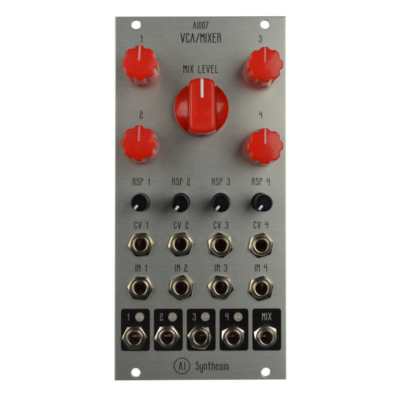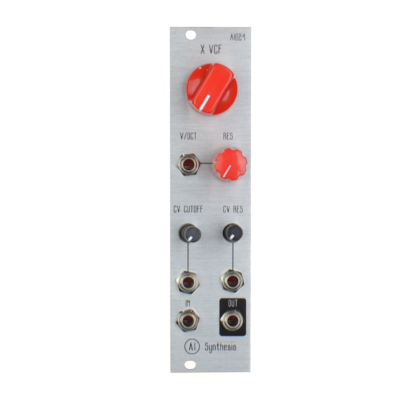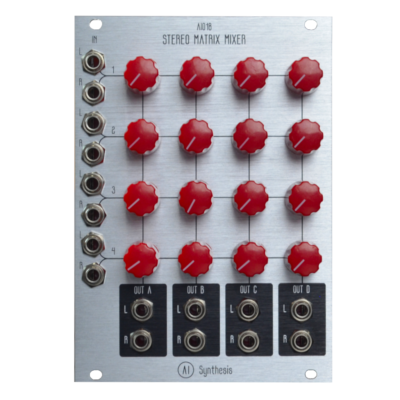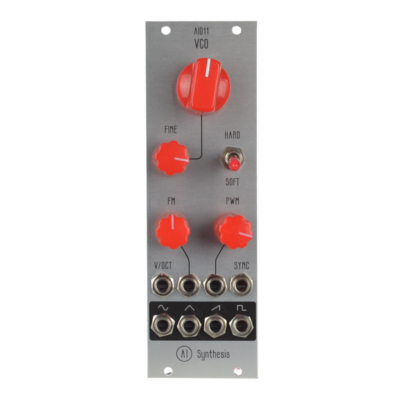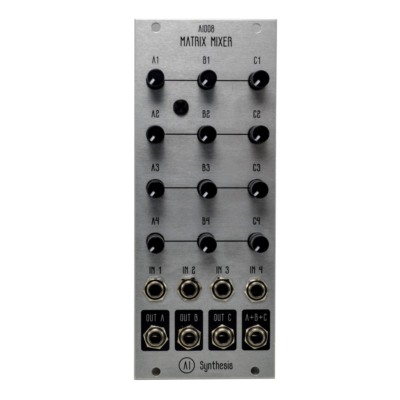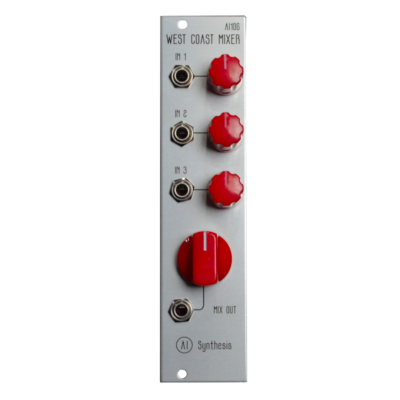This short video shows how to troubleshoot an Audio Mixer using both a multimeter and an audio probe. While focused on the AI002 DIY Mixer Kit, the ideas are applicable to any audio circuit.
You’ll need:
In the guide we troubleshoot the mixer using voltage testing for the IC, continuity testing for the signal path, and then using audio probes to insert and listen for audio throughout the passive part of the circuit.
When I test power using the bench power supply, I am using the volt measuring on my multimeter, and then testing the power pins on the IC. I could use any “known” ground pin (of a jack for instance), but since I know that the bench power supply ground is 0V, that is the best true ground in that scenario. Using that ground with the negative multimeter lead, the red lead then probes the power pins, and the multimeter gives me the difference between the two (ground vs positive which is ~12V, and ground vs negative which is roughly -12v). There are a lot of words there, let me know if it makes sense.
When testing audio, no power is required.
When I test audio, I am using a simple mp3 player and an output (in the video it’s a computer, but you could use headphones).
The mp3 is connected to the mixer via an 1/8″ cable to an input.
The output is headphones or an amp in, with two alligator clips. One connects the ground on the headphone cable to a ground on the mixer (like an audio jack ground). The other alligator clip connects the signal pin of the headphone cable to what we are listening to.
If we are testing the first input, then we:
1) Plug the mp3 player into input 1 and get sound going.
2) Listen first to the (non-ground) pins in order in accordance to the schematic: https://aisynthesis.com/wp-content/uploads/2018/10/AI002-Mixer-Schematic-2.pdf
That means we start with P1 and listen for signal on the non-ground pins (the far right one is ground). Turning the pot should lower and raise the volume.
If all is good there, we would move on to R1. The signal should be there on one end, and much quieter on the other end.
Finally, you may be able to hear something at pin 2 of the IC, assuming your input is loud enough, if you are using headphones the signal may not be strong enough to drive a headphone speaker.
